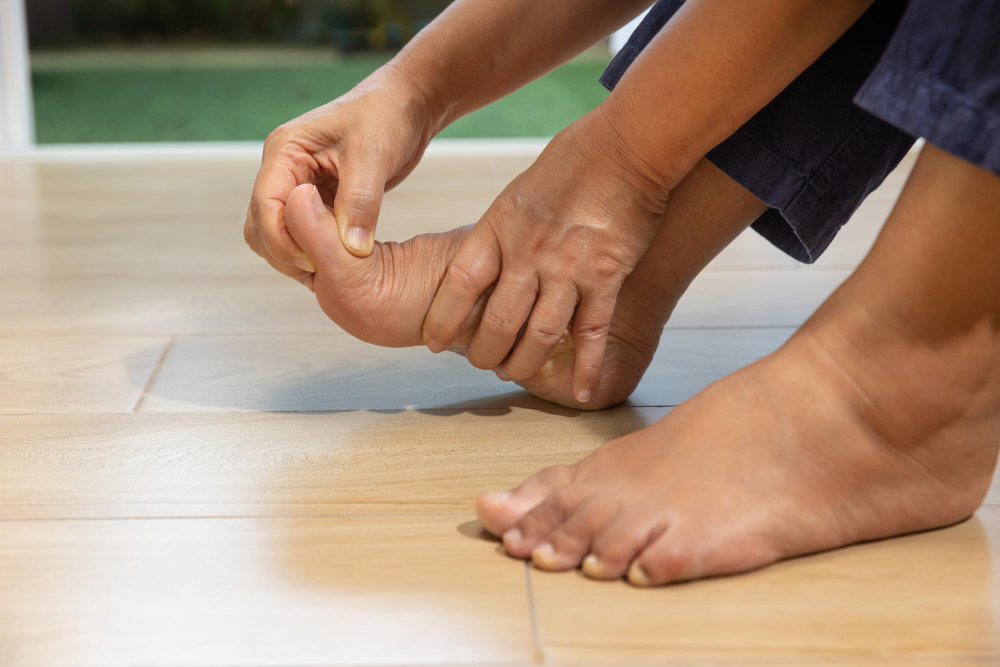
Hallux Limitus Rigidus, or Great Toe Arthritis
Great toe arthritis and foot orthotics The great toe undergoes a tremendous amount of stress while walking. When people who over-pronate walk, the toe is
506 850-0144

Great toe arthritis and foot orthotics The great toe undergoes a tremendous amount of stress while walking. When people who over-pronate walk, the toe is
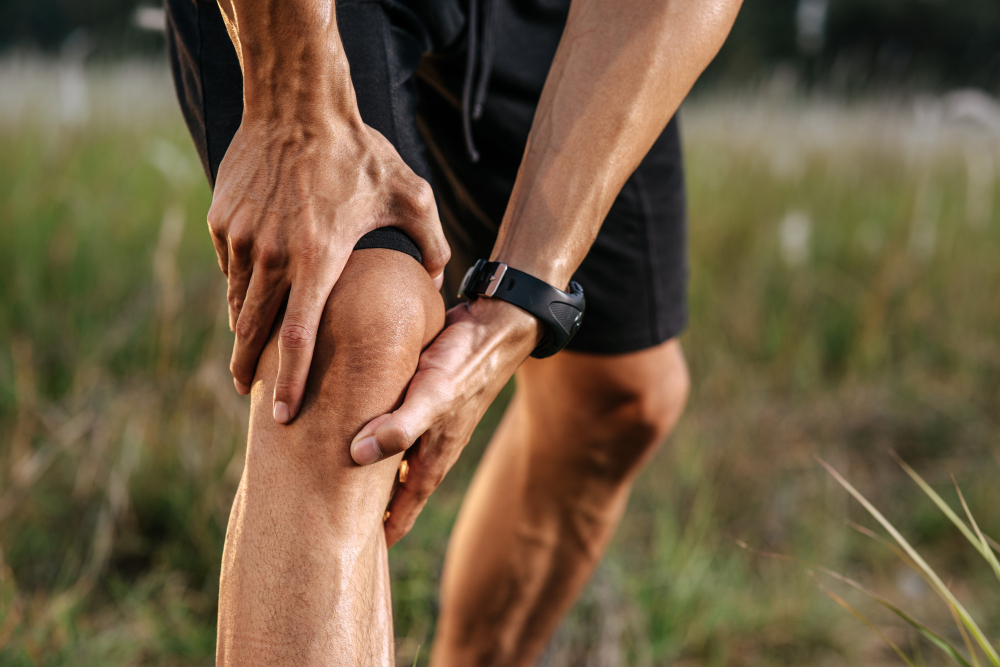
Treating patellofemoral syndrome with foot orthotics Aside from being painful, patellofemoral syndrome can cause knee tissue to degenerate over time, and may also lead to
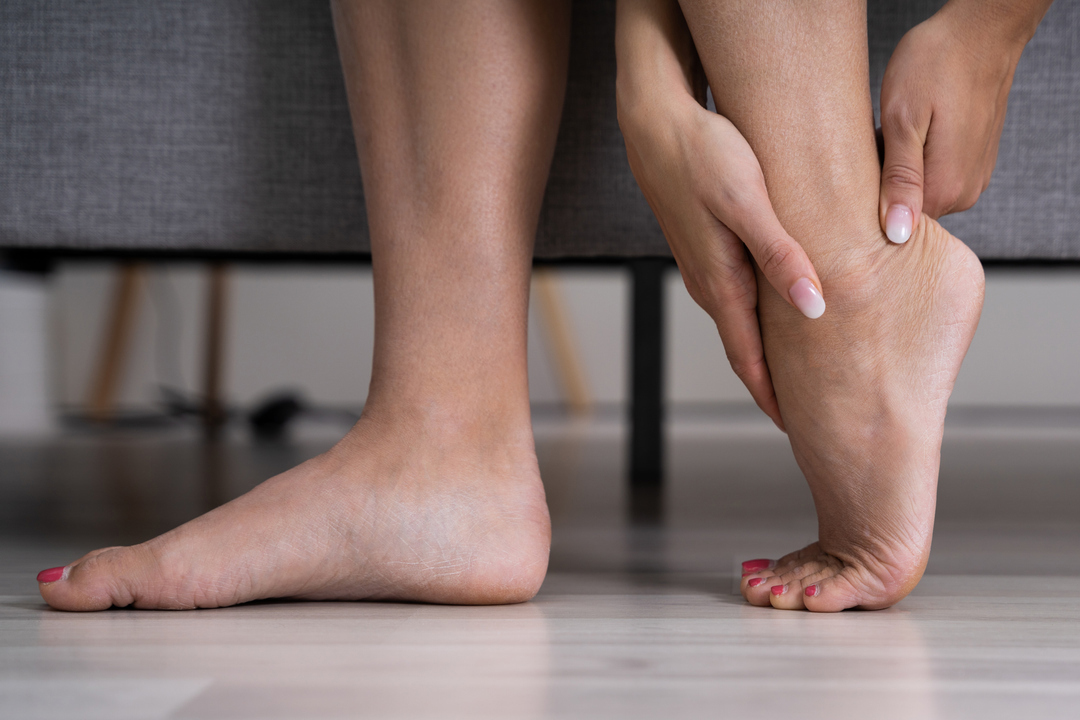
Tarsal tunnel syndrome Tarsal tunnel syndrome is caused by the compression of the posterior tibial nerve that passes into the foot on the inside of
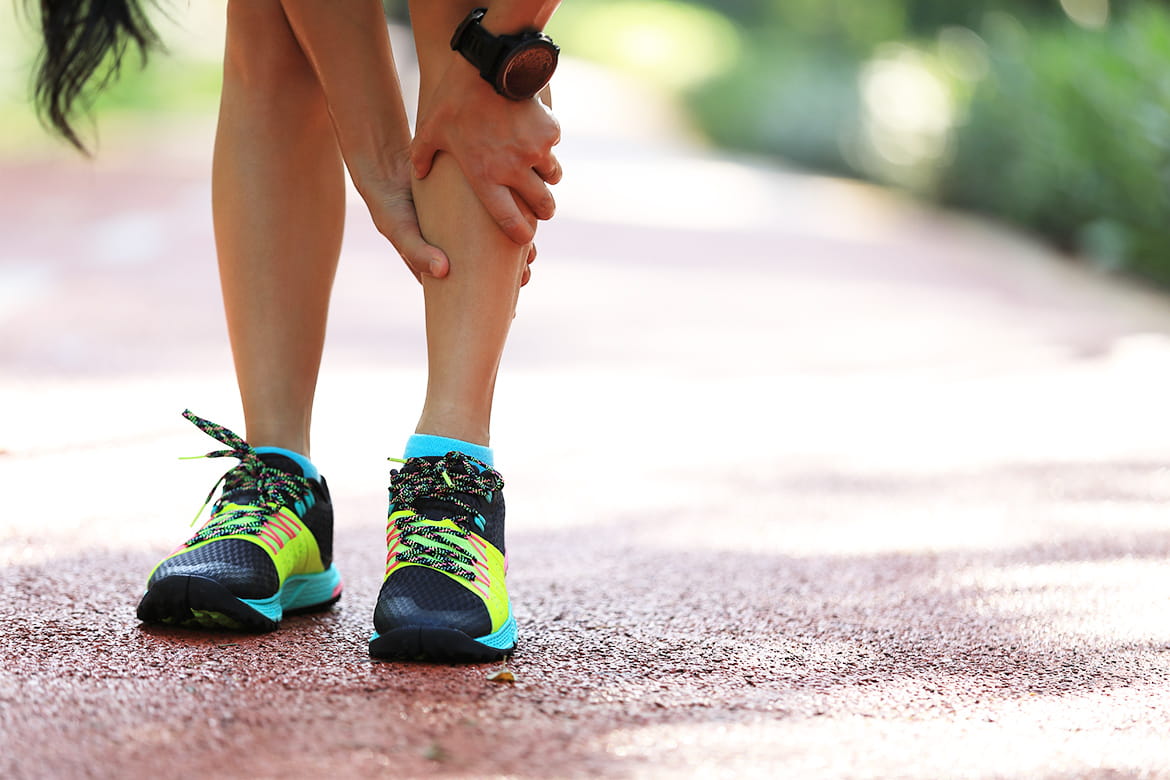
Shin splints and foot orthotics Shin splints, or medial tibial stress syndrome, refers to pain experienced along the shin bone, or tibia, between the knee
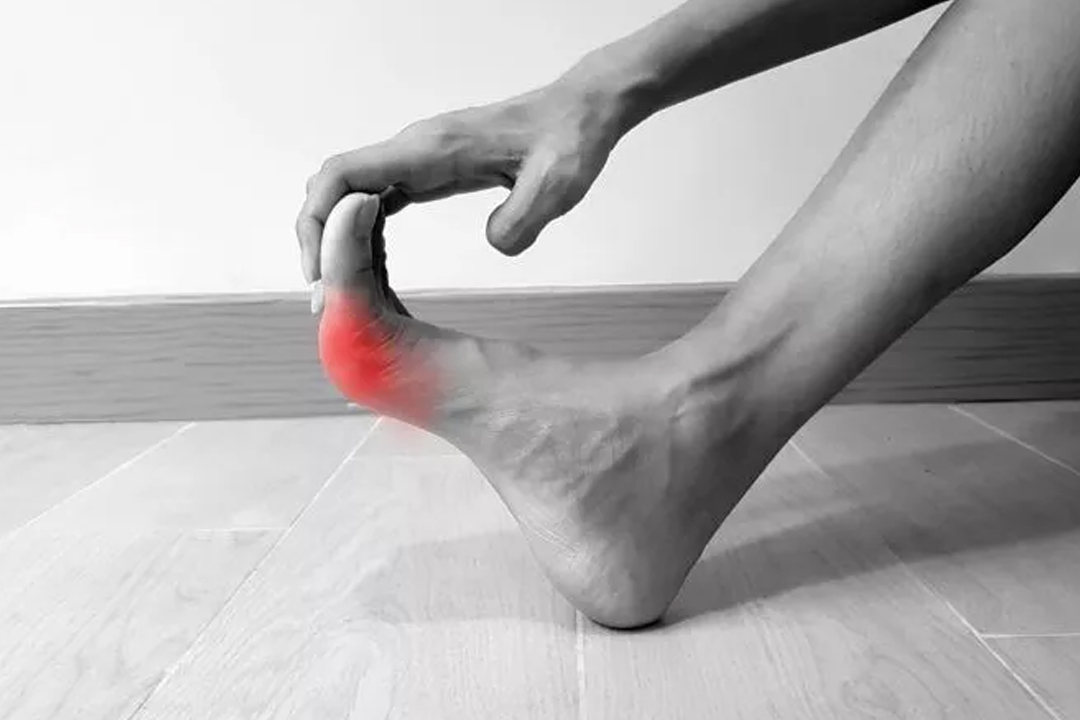
Rheumatoid arthritis and foot orthotics A chronic disease that attacks multiple joints throughout the body, rheumatoid arthritis (RA) most often begins in the small joints
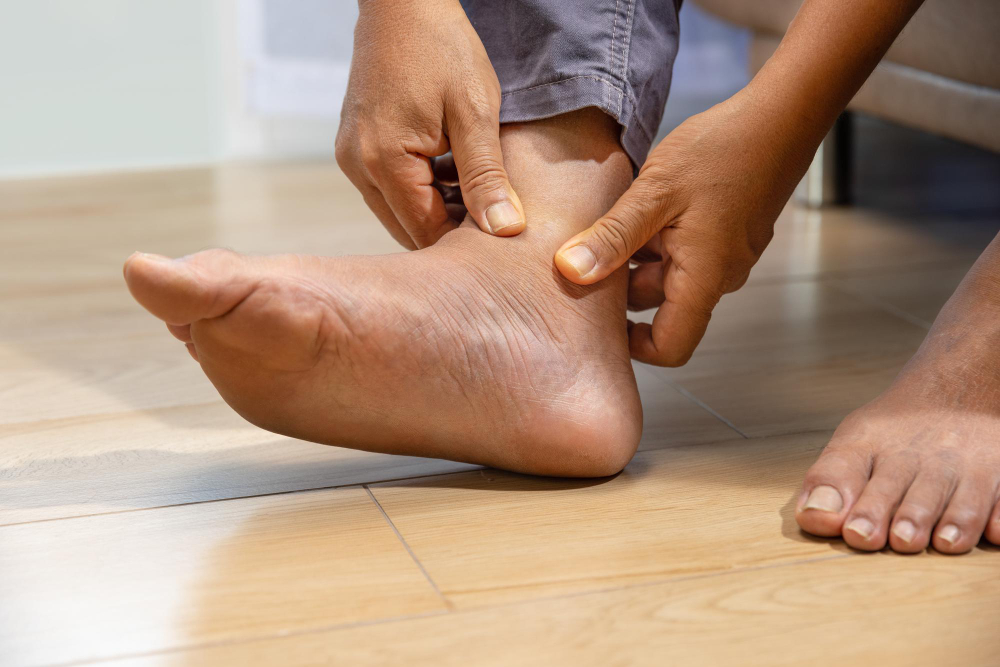
Posterior tibial tendonitis and foot orthotics The posterior tibial tendon attaches the calf muscle to the bones on the inside of the foot, holding up
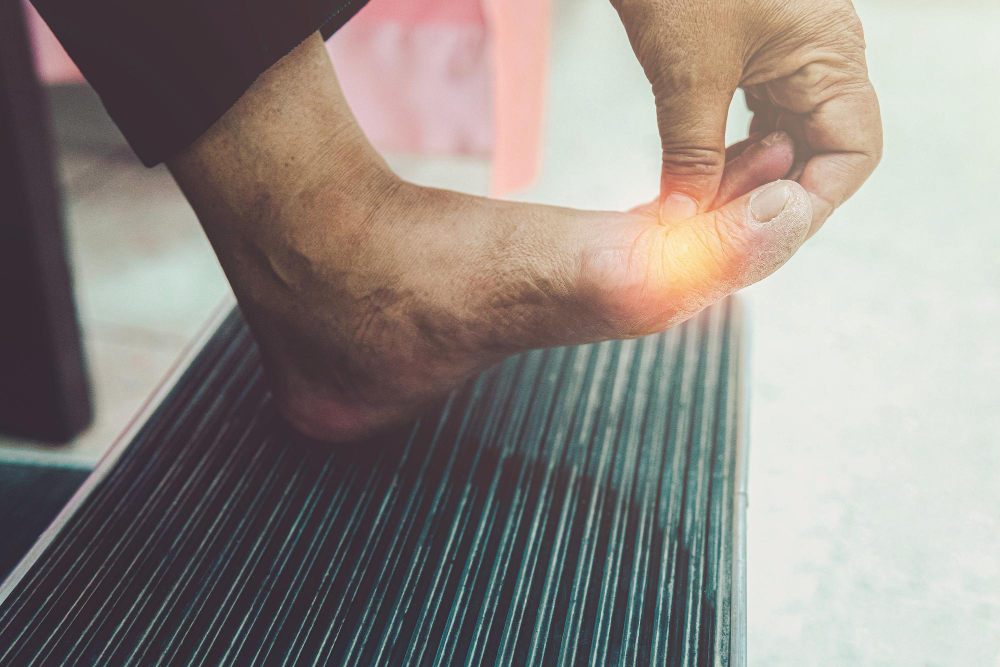
Foot ulcers and foot orthotics The feet are often subject to large pressures during weight-bearing dynamic activities such as running or walking. Pressure under the

Plantar fasciitis Plantar fasciitis is an inflammation of the connective tissue of the bottom of the foot, or plantar fascia, connecting the heel bone to
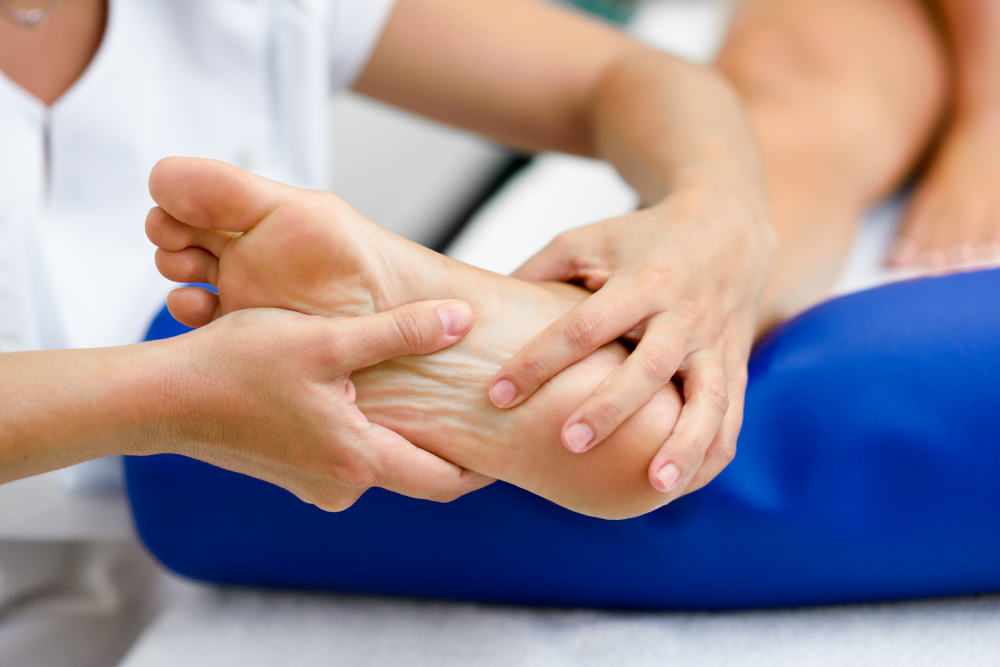
Pes Cavus Pes Cavus, or high arch, is a human foot type with a fixed plantar flexion. Therefore, the sole of the foot is hollow

Foot orthotics and the treatment of patellofemoral syndrome A study published in the Journal of the American Podiatric Medicine Association (2003, 92(4)) has suggested that